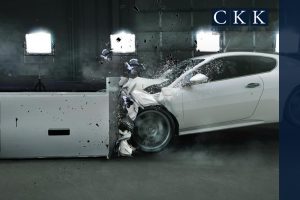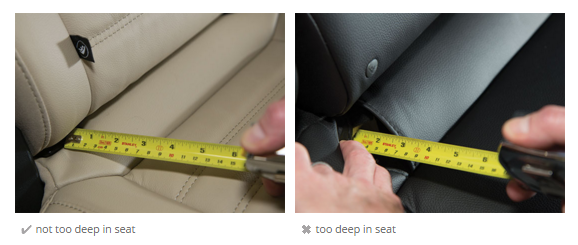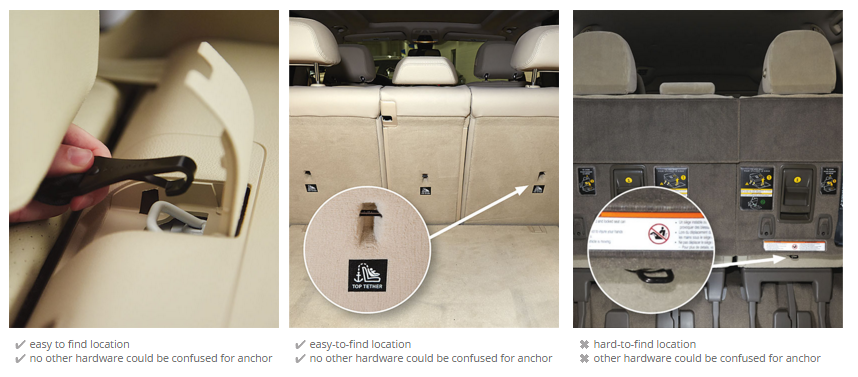 What would you say if someone told you there could be zero traffic deaths each year? It might sound like a pipe dream, but it’s not. Many safety advocates are saying it is possible to eliminate most of the 30,000 plus annual highway fatalities in the US.
What would you say if someone told you there could be zero traffic deaths each year? It might sound like a pipe dream, but it’s not. Many safety advocates are saying it is possible to eliminate most of the 30,000 plus annual highway fatalities in the US.
How is it possible? Speeding up the adoption on new safety technology. Automakers are notoriously known for taking decades to fully integrate existing safety technology into cars on a standard basis. But, if automakers were to safely speed along their adoption process for things that have been around since 2000 like forward-collision warning, rear cameras, lane-departure warning, traffic-jam assist, adaptive cruise control, and more, the aim for Vision Zero could be within reach.
Vision Zero was written into Swedish law in 1997, stating no level of traffic fatalities would be acceptable. They are demanding 100 percent safety on the road. New technology advancements like vehicle-to-vehicle communications and vehicle-to-infrastructure communications are a part of making Vision Zero a reality.
But even without those technologies that are in the works, and just with what is possible as of 2015, US traffic deaths could be cut by almost 10,000 a year, that is, if these technologies were implemented in all cars on the roadway. That’s where it gets harder. The US has nearly 260 million light vehicles on the road with an average age of 11.5 years. That’s a lot of older cars without new technology and with no financial incentives many consumers won’t or can’t invest in newer, safer technology.
It’s time for consumers, automakers, and lawmakers to step up. It’s time to stop accepting traffic fatalities as a normal. It’s time to demand the safety technology available is implemented in new vehicles. It’s time to demand affordable, safer options for America’s roadways.
Want to read more about the aim for zero roadway fatalities? Read Aiming For Zero, Automotive News for more details on this goal that could become a reality.

 Ready to buy a new car? You’re probably considering three big factors when making your purchasing decision: cost, style, and safety. Though sometimes looked at last by consumers, safety should be at the forefront of your mind as you make your purchase.
Ready to buy a new car? You’re probably considering three big factors when making your purchasing decision: cost, style, and safety. Though sometimes looked at last by consumers, safety should be at the forefront of your mind as you make your purchase. We have become reliant upon Bluetooth, WIFI, USB devices, and intelligent traffic communications within our vehicles. These features can improve fuel economy, reduce driver fatigue, and increase traffic safety, but it is all at a cost. Increased technologies can allow for dangerous breaches of security in vehicles.
We have become reliant upon Bluetooth, WIFI, USB devices, and intelligent traffic communications within our vehicles. These features can improve fuel economy, reduce driver fatigue, and increase traffic safety, but it is all at a cost. Increased technologies can allow for dangerous breaches of security in vehicles. 

